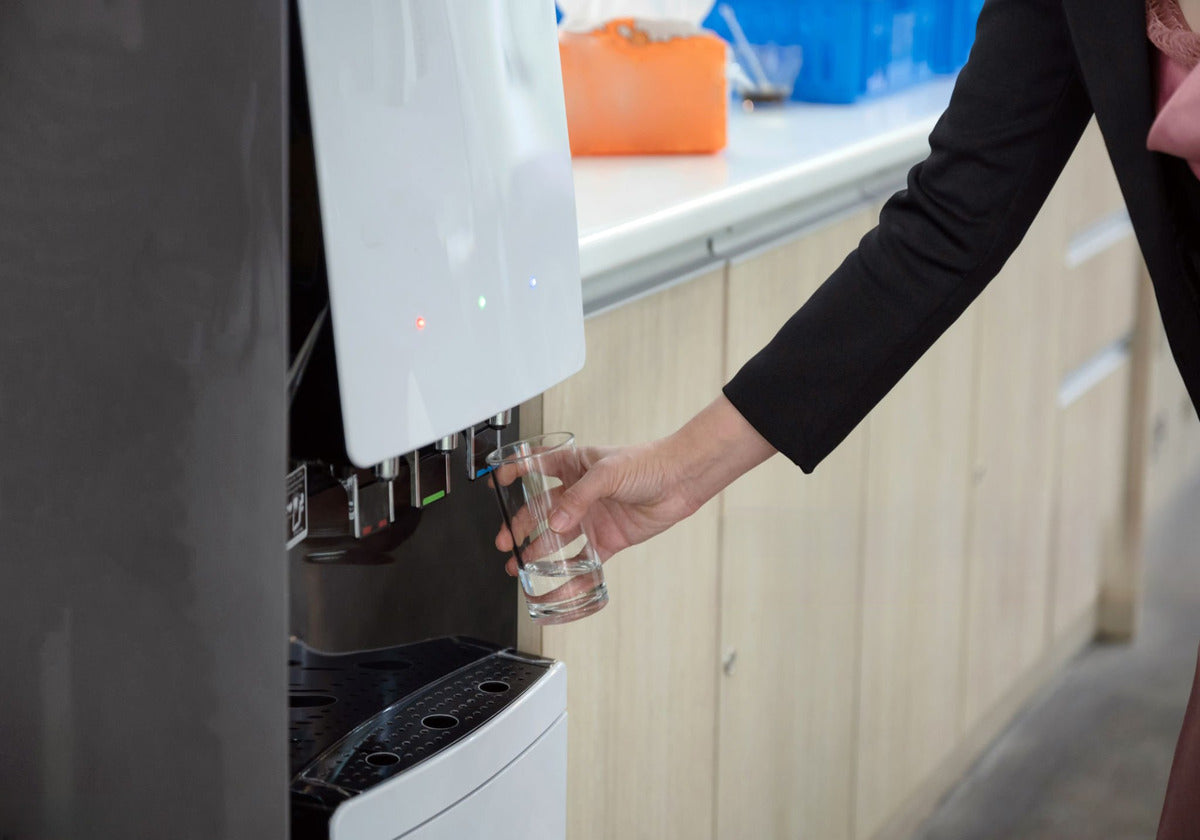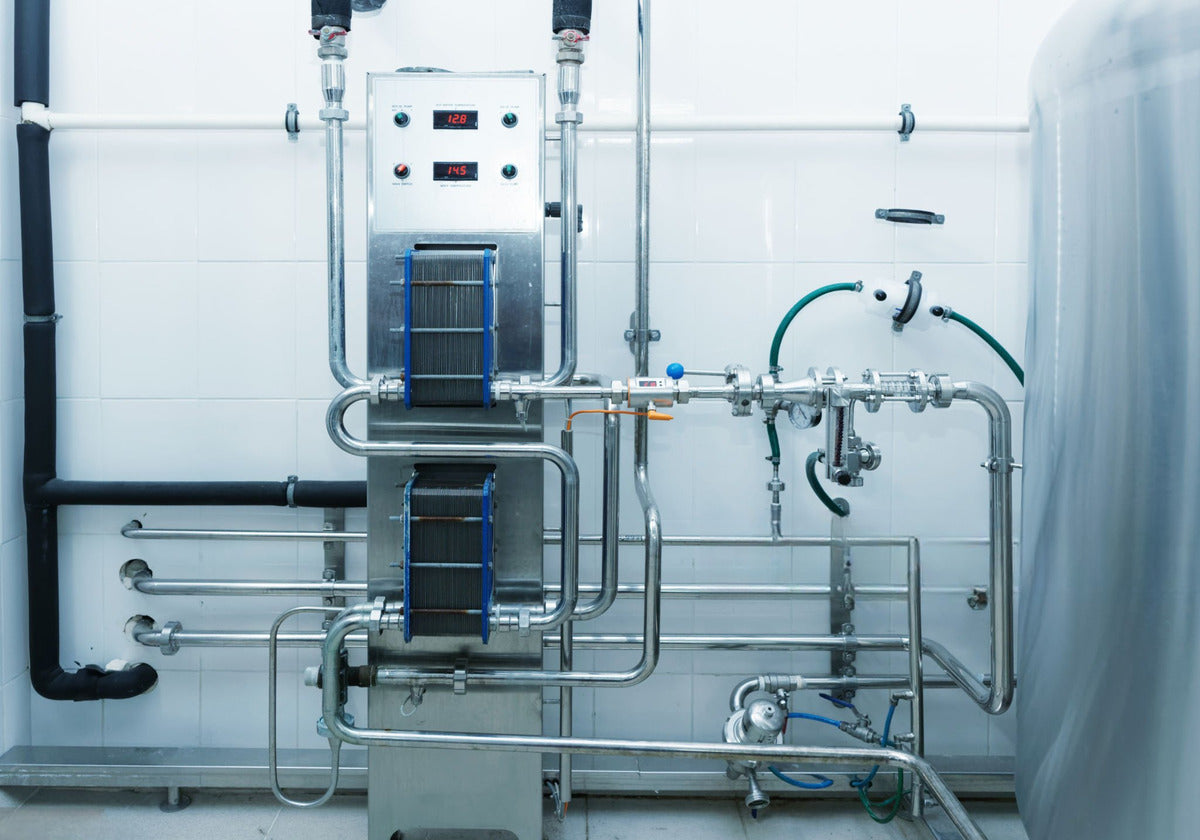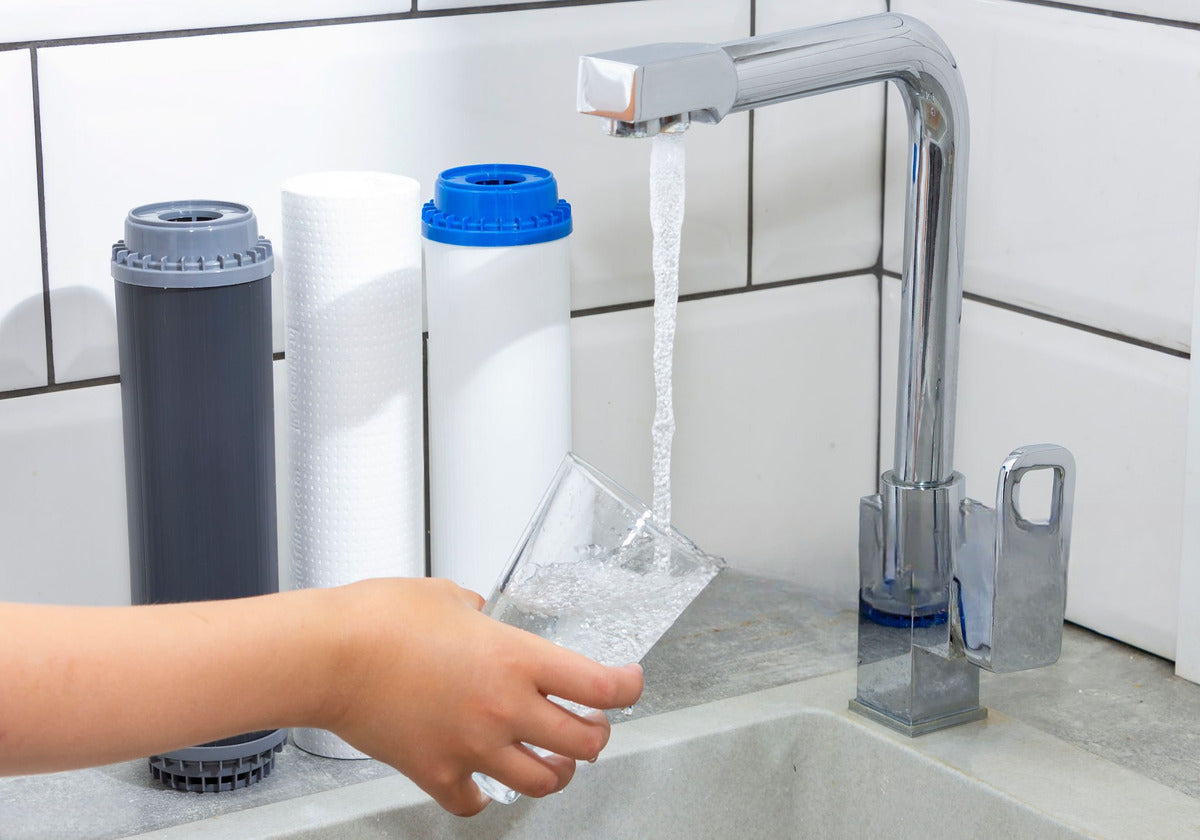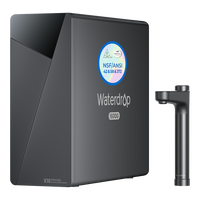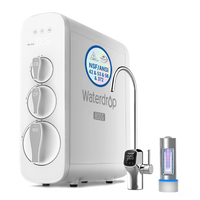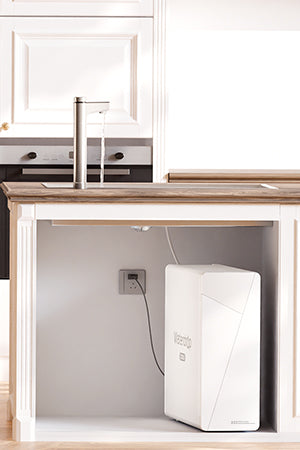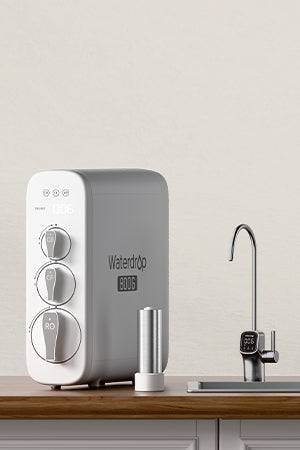La purification de l'eau à domicile est la méthode la plus efficace pour garantir la qualité et la salubrité de l'eau que vous consommez. Bien que les stations d'épuration municipales soient reconnues pour fournir une eau purifiée, la présence de toxines dans l'eau reste possible en raison du vieillissement des infrastructures ou de facteurs environnementaux. Par conséquent, filtrer l'eau à domicile vous offre une protection supplémentaire contre les risques sanitaires potentiels liés à la pollution.
Techniques de filtration de l'eau à la maison
L'eau purifiée est essentielle à la maison, notamment pour la cuisine et le ménage, car elle prévient la présence de toxines nocives. De plus, elle rehausse la saveur et l'arôme de l'eau consommée, la rendant ainsi plus appétissante.
Il protège contre les infections causées par les parasites, les virus et les bactéries qui résistent aux traitements conventionnels et peuvent se développer librement dans votre eau. Il existe une grande variété de systèmes de purification d'eau potable, chacun conçu pour cibler et éliminer spécifiquement les polluants dangereux afin d'améliorer votre santé et votre bien-être. Maintenant que vous comprenez l'importance de purifier votre maison, examinons les différentes options qui s'offrent à vous.
Ébullition
Faire bouillir l'eau est une méthode simple mais très efficace de purification de l'eau, utilisable à domicile en cas d'incertitude quant à la sécurité de l'approvisionnement en eau. Cette méthode, à la fois économique et fiable, constitue la première ligne de protection contre les menaces invisibles, telles que les parasites et les bactéries, susceptibles de se trouver dans l'eau et de représenter un danger pour la santé humaine.
Portez de l'eau propre à ébullition, puis laissez-la bouillir pendant la durée recommandée, généralement entre une et trois minutes. Cela lancera le processus de purification de l'eau, selon l'altitude. L'eau des hautes altitudes ayant un point d'ébullition plus bas, elle met plus de temps à bouillir pour les habitants. Couvrez l'eau bouillante et attendez qu'elle refroidisse avant de la boire.
Pour garantir une eau plus sûre et plus précise, il est conseillé d'attendre que les composés aient suffisamment de temps pour se stabiliser. Il est courant d'améliorer la qualité de l'eau bouillie en la passant à travers un filtre, une serviette ou un chiffon. Cela permet d'éliminer les plus grosses particules et les impuretés de l'eau.
Les métaux, les sels, les carburants, les produits chimiques toxiques et les matières radioactives sont quelques-uns des polluants qui peuvent être éliminés par ébullition, mais pas par la seule ébullition. Par conséquent, si ces problèmes sont fréquents dans votre région, envisagez des solutions plus technologiques pour trouver une solution plus efficace.
Purificateur de lumière UV
Afin d’éliminer les virus, les bactéries et autres agents pathogènes, les purificateurs d’eau ultraviolets utilisent la lumière ultraviolette pour endommager l’ADN de ces organismes, les rendant incapables de se répliquer et provoquant finalement leur mort.
Pour purifier l'eau en profondeur à l'aide d'un système de rayons ultraviolets (UV), il est nécessaire de s'assurer que l'eau est exempte de sédiments ou de particules susceptibles de protéger les micro-organismes des rayons UV. Afin de limiter ce risque, plusieurs purificateurs UV sont équipés de préfiltres. Placez l'eau dans un récipient transparent pour maximiser l'exposition aux UV ; l'efficacité de ces systèmes repose sur le contact direct du récipient avec l'eau à traiter.
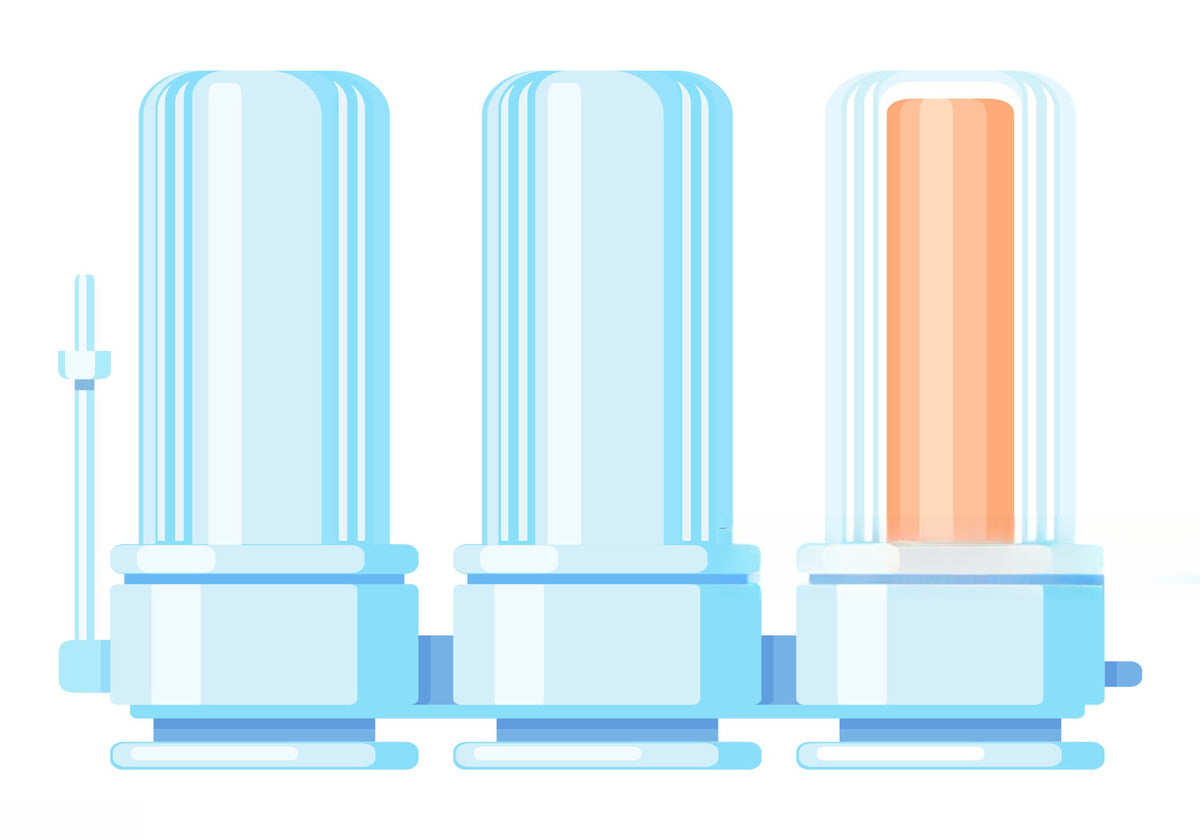
Une fois l'installation terminée, le purificateur UV doit être activé. Les ultraviolets émettent une longueur d'onde spécifique, perturbant le matériel génétique des bactéries. Cependant, ils n'éliminent pas efficacement les métaux lourds, les produits chimiques ni les contaminants physiques. Par conséquent, si vous recherchez un système de purification d'eau fiable pour votre maison, vous devriez envisager d'autres options. La purification de l'eau à domicile peut également être réalisée en combinant un traitement aux ultraviolets (UV) avec d'autres techniques de filtration, comme les filtres à charbon actif. C'est une bonne approche.

Dans les systèmes de filtration d'eau résidentiels, les technologies ultraviolettes (UV) se divisent généralement en deux catégories. Ces deux types de diodes électroluminescentes (DEL) sont des lampes à vapeur de mercure basse pression sophistiquées. Auparavant, les lampes à vapeur de mercure basse pression étaient l'option la plus courante. Ces lampes produisent une lumière ultraviolette de courte longueur d'onde et sont très efficaces pour éliminer les micro-organismes. Cependant, ces lampes contiennent des traces de mercure, ce qui nécessite une prudence particulière lors de leur manipulation et de leur élimination.
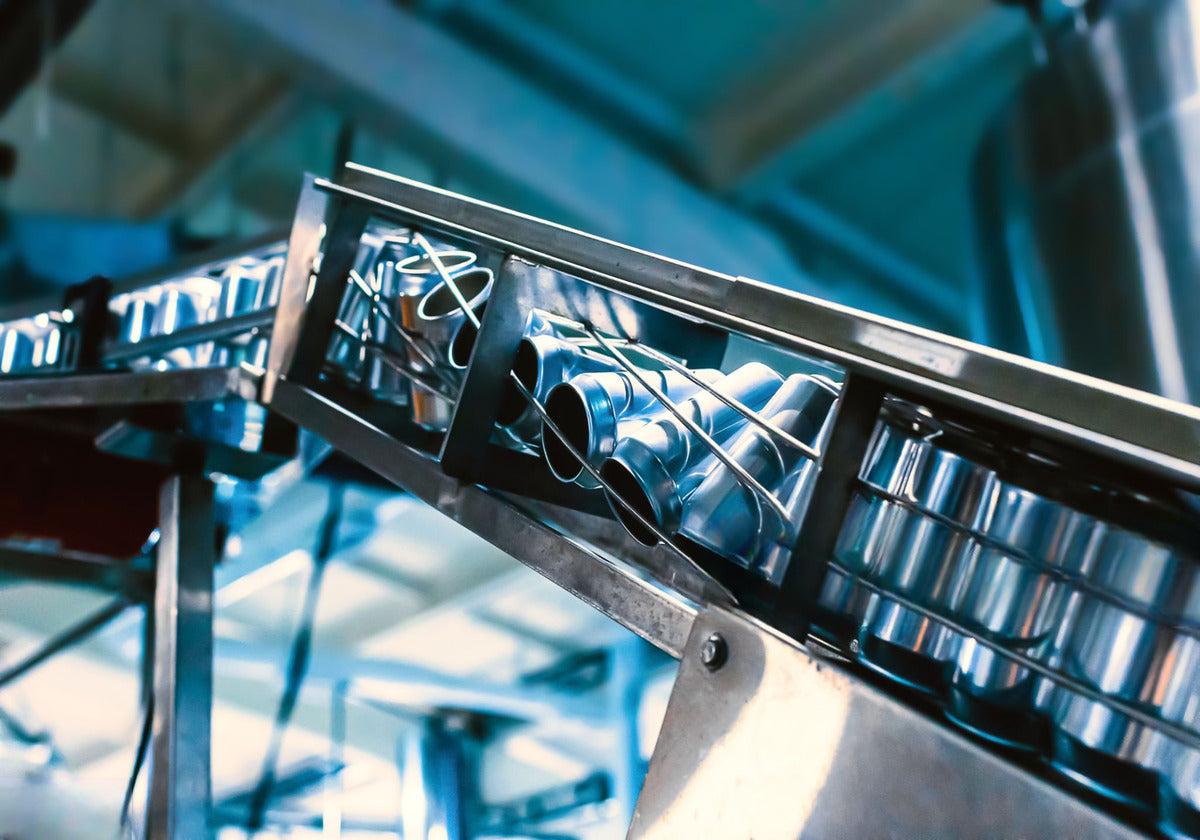
En revanche, les purificateurs ultraviolets (UV) utilisant la technologie des diodes électroluminescentes (DEL) ont gagné en popularité grâce à leur efficacité énergétique accrue, leur durée de vie plus longue et leur composition sans mercure. Les LED peuvent émettre des rayons ultraviolets de différentes longueurs d'onde, ce qui peut être utilisé pour éliminer certains micro-organismes pathogènes.
Distillation
La distillation est une autre méthode de purification de l'eau, réalisable en toute sécurité à domicile. Elle utilise l'évaporation pour éliminer les contaminants. Elle permet d'extraire de l'eau polluée de grosses molécules organiques non volatiles et des composés inorganiques lors du chauffage de l'eau jusqu'à sa transformation en vapeur. Lorsque la vapeur refroidit et se condense, l'eau est débarrassée des contaminants tels que le plomb et les nitrates.

De plus, la distillation est une méthode efficace pour éliminer les polluants inorganiques et les microbes, tels que les bactéries et certains virus, qui peuvent être éliminés par ébullition. Cependant, cette méthode présente des nuances. Cependant, des substances comme le toluène et le benzène, dont le point d'ébullition est inférieur à celui de l'eau, peuvent s'évaporer avec l'eau et recontaminer le produit filtré si elles ne sont pas traitées correctement avant condensation. Ceci, même si elle est excellente pour éliminer certains composés organiques en raison de leur solubilité et de leur point d'ébullition.
Filtration
La plupart du temps, les principales procédures de filtration de notre quotidien impliquent des filtres installés sur le robinet ou dans la carafe. Ces filtres utilisent du charbon actif pour capturer les impuretés et améliorer la qualité de l'eau. Néanmoins, plusieurs systèmes de filtration d'eau domestiques seront abordés plus loin dans cet article, offrant une expérience plus saine et des résultats supérieurs.
Système de filtration sous évier : Généralement dissimulé sous l'évier, il utilise plusieurs étapes de filtration, souvent au charbon actif et aux sédiments, pour éliminer les particules, le chlore et autres contaminants. Grâce à son emplacement, ce filtre s'intègre facilement à votre système de plomberie existant.
Système de filtration d'eau de comptoir : Inutile d'installer ce système de purification d'eau domestique, un appareil autonome qui se place sur le plan de travail de la cuisine. Il utilise les technologies d'osmose inverse, de céramique et de charbon actif pour filtrer l'eau. Sa portabilité, son adaptabilité et sa simplicité d'utilisation en font l'une des solutions les plus polyvalentes et pratiques.
Pichet électrique Waterdrop, système de filtration d'eau de comptoir ED01
67,5 $
Système de filtration d'eau pour toute la maison : Parce que ce système garantit une eau filtrée à chaque robinet de votre maison, il remplace souvent les purificateurs d'eau installés dans les éviers et autres installations. Dans la plupart des cas, il comprend une série de filtres et, dans certains cas, des adoucisseurs d'eau, qui assurent un traitement supplémentaire de l'eau au point de prise d'eau. Votre eau potable est purifiée par le système de purification d'eau, ce qui offre également des avantages pour la cuisine, le bain et d'autres activités domestiques.
Chaque type de filtre à eau offre ses propres avantages. Les filtres de comptoir sont portables et faciles à utiliser, tandis que les filtres sous évier sont discrets et parfaits pour une seule source d'eau. Les systèmes pour toute la maison offrent une solution complète pour toute la maison.
Chloration
Dans un procédé de chloration conventionnel, on utilise souvent des produits chimiques contenant du chlore, comme l'hypochlorite de sodium, l'hypochlorite de calcium ou le chlore gazeux. Disponibles dans le commerce, ces produits chimiques constituent une solution économique et efficace pour purifier l'eau à domicile.
L'eau de Javel, qui contient généralement de l'hypochlorite de sodium, est la méthode la plus utilisée. L'eau est traitée avec ce produit chimique dans les proportions appropriées afin de la désinfecter sans compromettre sa saveur ni sa salubrité. Cependant, bien que la chloration soit une excellente méthode pour éliminer les parasites, les virus et les bactéries, elle n'élimine pas définitivement tous les contaminants chimiques ou impuretés. Par conséquent, avant de décider de chlorer ou non l'eau, il est essentiel d'évaluer sa qualité et ses éventuels polluants.
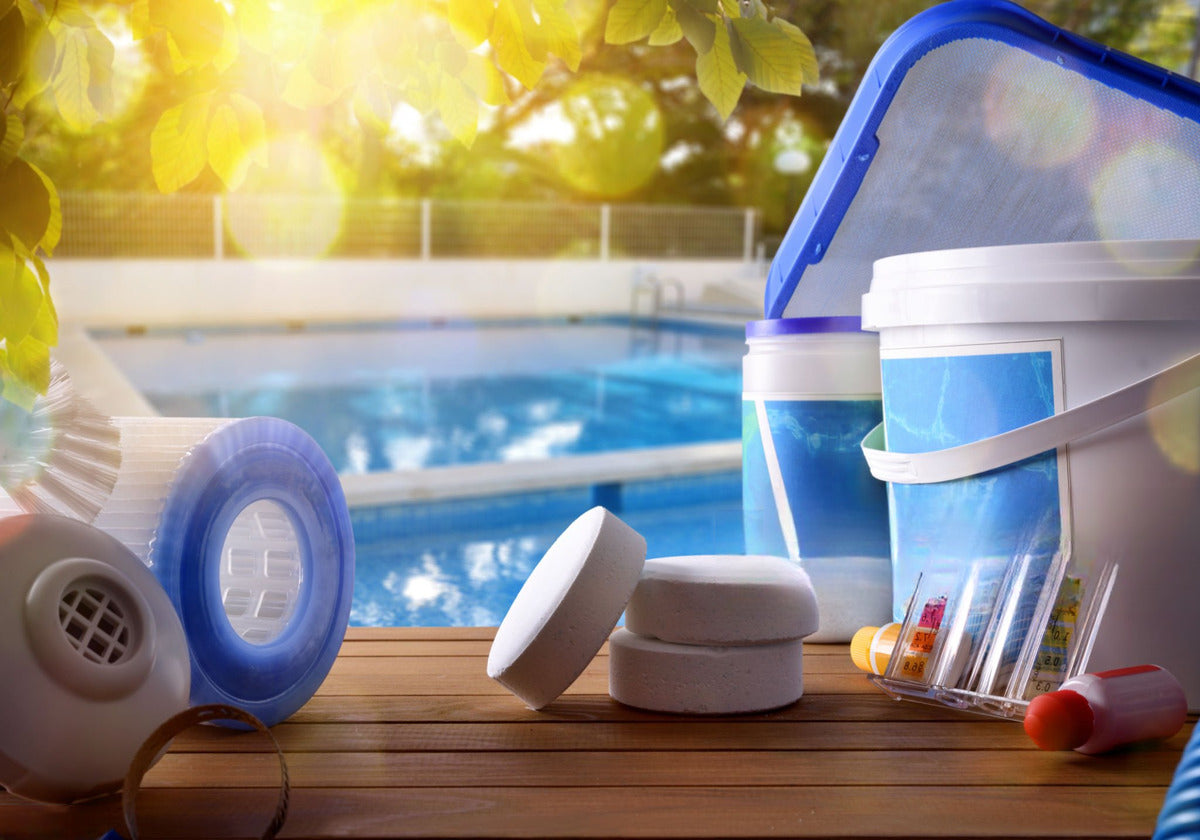
Vous pouvez choisir parmi une variété de traitements de chloration selon vos préférences. Les pastilles ou les granulés de chlore sont parmi les alternatives les plus courantes. Une fois ajoutées à l'eau conformément aux instructions, les pastilles se décomposent progressivement, libérant du chlore dans l'eau. L'administration de solutions de chlore liquide, comme l'eau de Javel, est une autre solution pour contrôler le dosage.
L'utilisation de produits de chloration spécialement conçus pour le traitement de l'eau est toujours recommandée pour obtenir les meilleurs résultats possibles et éviter les ajouts involontaires. De plus, il est essentiel de connaître la quantité de chlore appropriée à ajouter. Un ajout excessif ou insuffisant peut entraîner un goût désagréable et de graves risques pour la santé.
Filtre à eau par osmose inverse
Pour traverser une membrane semi-perméable, les molécules d'eau subissent un processus appelé osmose inverse, qui les sépare des impuretés. Ce procédé permet d'éliminer efficacement une grande variété d'impuretés, telles que les virus, les bactéries, les minéraux et autres particules susceptibles d'altérer la saveur et la salubrité de votre eau.
L'installation d'un système d'osmose inverse chez vous peut se faire de différentes manières : filtres à eau pour plan de travail, sous évier ou dans toute la maison. L'un des avantages est qu'il élimine les impuretés tout en améliorant la saveur et l'arôme de votre eau. En réduisant le recours à l'eau en bouteille et en favorisant le développement durable, cette approche est économique et respectueuse de l'environnement.
Quel système de purification d’eau à domicile vous convient le mieux ?
Le procédé d'osmose inverse, parfois appelé OI, est un traitement fiable pour éliminer un large éventail de contaminants, notamment les bactéries et les virus. Ce purificateur d'eau peut être installé dans l'évier et raccordé à tous les robinets de la maison. Il assure une purification complète de l'eau, que ce soit pour boire ou cuisiner. Des filtres comme les systèmes de filtration d'eau Waterdrop éliminent efficacement le manganèse et le fer de votre eau et améliorent son goût dans toute la maison.
La distillation est une méthode efficace pour éliminer certains minéraux et toxines de l'environnement. Bien que le rayonnement ultraviolet n'élimine pas tous les polluants, il constitue un excellent désinfectant. L'élimination des germes et des parasites par ébullition est fondamentale ; en revanche, elle n'élimine pas les autres types de polluants.
Par conséquent, vous choisirez le système de purification d'eau le mieux adapté à vos besoins et à vos goûts. Pour choisir le système le plus adapté à vos besoins, vous devez tenir compte de vos préférences en matière de goût, de facilité d'utilisation et de types de polluants présents.
En résumé
Les systèmes d'osmose inverse constituent un excellent choix pour une filtration complète. Les systèmes utilisant des filtres, comme le filtre à eau longue durée Waterdrop de 1320 litres, sont une alternative idéale pour les robinets de comptoir et à sortie unique, et offrent un goût plus agréable au quotidien.
Les micro-organismes peuvent être facilement éliminés par ébullition. La distillation est une méthode efficace pour éliminer les minéraux. En revanche, le rayonnement ultraviolet est suffisant, même s'il ne permet pas nécessairement d'éliminer tous les contaminants. Nous avons déjà abordé ce point. Par conséquent, le recours à l'osmose inverse, à la distillation, à l'ébullition, au rayonnement UV, à la filtration ou à toute autre méthode dépend de vos besoins.






